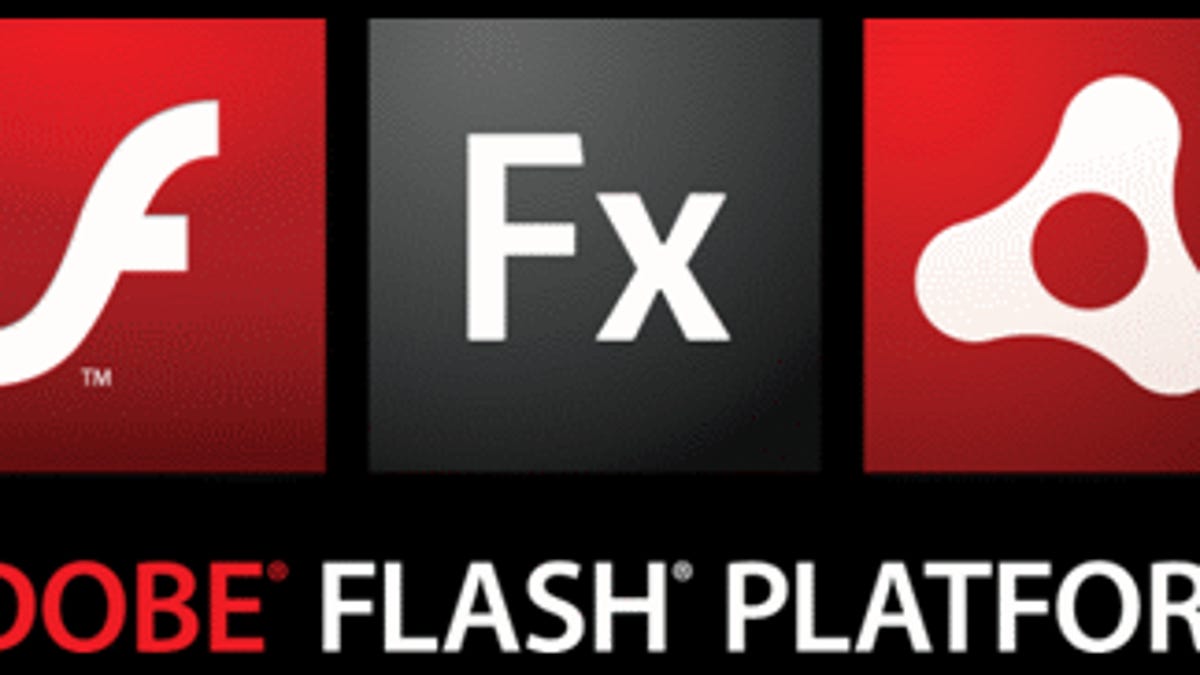Adobe scraps AIR for Linux, focuses on mobile
With the new AIR 2.7, the cross-platform software foundation now requires partners to bring it to desktop Linux. Also: the new AIR gets faster on Apple's iOS.

Concluding that its priorities should be on iOS and Android, Adobe Systems has stopped releasing its own version of its AIR programming foundation for Linux.
AIR combines Flash and a Web browser to let programmers build standalone software that runs on any system with the underlying AIR "runtime" that executes the software. It's cross-platform technology, meaning for example that separate versions of TweetDeck--a prominent AIR app--don't need to be rewritten for Mac OS and Windows.
But starting with AIR 2.7, released this week, Adobe won't build a Linux version of AIR anymore, making the cross-platform technology a bit less cross-platform. Instead, it's relying on partners to do so on their own.
"We will no longer be releasing our own versions of Adobe AIR and the AIR SDK for desktop Linux, but expect that one or more of our partners will do so," Adobe said in a blog post.
The move contrasts sharply with Adobe's bitter and public fight last year objecting to an Apple move that barred AIR-based apps from iOS devices. Apple eventually relented for AIR-derived apps, though it still won't let Flash Player itself onto iOS devices.
In an FAQ (a PDF file no good reason that I can imagine), Adobe said Linux just isn't where the AIR action is taking place now.
"Our customers are focusing on creating applications for smartphones and tablets, and we are aligning our investment towards new features and platform support for the device market," Adobe said.
One of the main features of AIR 2.7 is better performance on iOS devices--four times faster in some cases, according to Adobe developer evangelist Renaun Erickson. Also in 2.7 are several features from Flash Player 10.3, such as microphone noise cancelation, and the ability to move the AIR runtime to the SD card on Android.
Linux on PCs has failed to take off widely, and only 1 in 200 AIR downloads are for Linux, added Dave McAllister, who spearheads Adobe's open-source work.
"With desktop Linux, we see a basically flat growth curve hovering around 1 percent," citing Net Applications' NetMarketshare statistics. "And since the release of AIR, we've seen only a 0.5 percent download share for desktop Linux."
Adobe is putting a priority on work that will let those partners port AIR to Linux, it said. "Source code for the Adobe runtimes is available to qualified partners under the terms of the Open Screen Project," the company said.

